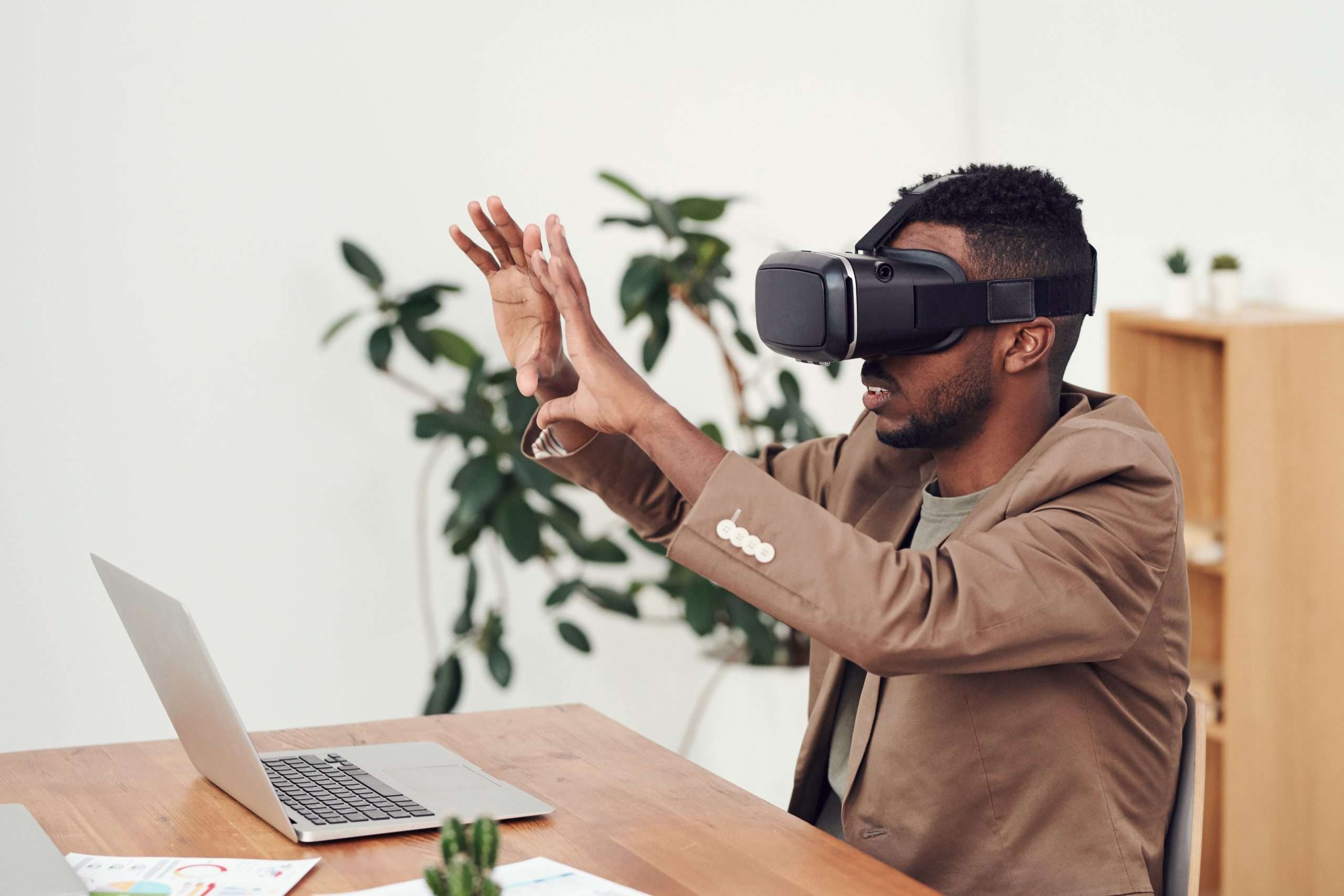Virtual Reality - A Design Tool for AEC
Design is central to architecture, engineering and construction (AEC), and the design tools professionals in these sectors are changing.
As digitalisation continues to spread into many different areas of work, the AEC industry is embracing new, sophisticated methods for exploring and delivering designs, including virtual reality (VR).
Here, you will find out how virtual reality is being used as a design tool in architecture, industrial engineering and construction sectors.
How Virtual Reality is Impacting Architecture
Traditionally, architects are accustomed to looking at designs to then interpret how a structure would look and feel.However, while they are trained to do this, often their clients are not. This creates a gap in knowledge, where the client must make a leap in perception from design concept to what the finished version will look like.
VR is now closing that gap. Architects can use VR to create immersive 3D visualisation models that they can walk their clients through. This brings designs to life vividly, and enables much clearer communication between architects, stakeholders, clients and end-users.
The VR experience provides clients with 360° renditions of designs, including realistic representations of building materials. VR technology can take this immersive quality further, however, into new collaborative ways of working.
Using Group VR, architects can share group visualisations in real time. Integrating building information modelling (BIM) into large-scale 3D displays, architects and other professionals in the built environment can interact with these models.
Employing VR as a design tool, architects can validate their designs, getting into challenging spaces and gaining immediate insights into how they feel and work, and whether their final, physical forms will meet the objectives of the intended design. As things currently stand, VR is a useful tool for architects, but this technology is constantly advancing. Soon it will not only be useful, but essential, enabling architects to build and edit concepts with VR environments.
How Virtual Reality is Impacting Industrial Design and Engineering
Engineers are constantly looking to innovate and improve how they design and deliver projects.
Computer-aided design (CAD) has supported this forward-looking approach, but now VR is set to drive further innovation in industrial design and engineering. Before the age of CAD, engineering was a tactile discipline, which involved far more physical work to design and prototype products. What VR offers is a way of re-engaging with this physical aspect, but in simulated environments.
If CAD tools integrate VR into the design flow, then ultimately, this should enable engineers to begin creating completely in the virtual realm. This is not a dream of the future; the technology exists to make this a reality. With the adoption of VR, engineers can see their prototypes more clearly. They can even walk through them to see what works, or what needs refining.
Immersive design enables engineers to transform CAD data into interactive models, which they can experience in real time. VR has the potential to transform design and review processes. It can help engineers reduce the costs of physical prototyping, and improve how engineers carry out internal design and engineering reviews.
Using VR as a design tool, engineers can make vital decisions much earlier in the entire production process, helping to control costs and keep projects running to schedule.
How Virtual Reality is Impacting Construction
The construction industry is seen as slow to change, but it is, and VR is contributing to this evolution. It can enable construction professionals to check the details of buildings in real-time, to actual scale, before even the foundations are in place.
A major challenge in construction, as in architecture, is to the extent that someone can visualise the finished structure at design stage. And while CAD and BIM software can create 3D models, they fall short of providing immersive experiences. VR will change this. It will be a hugely valuable tool for construction professionals, developers, stakeholders and clients. It makes the whole process of explaining and demonstrating concepts much easier, and it can help uncover potential problem areas before they crop up on-site. The benefits are improved cost efficiency, and an increased capability to meet clients’ expectations. VR can enhance collaboration, and help to eliminate miscommunication. However, in the future, it will also be a collaborative tool in its own right.
Conclusion
In the AEC industry, the pace at which companies adopt technological innovation varies from sector to sector. But against a backdrop of significant technological advances such as 5G and the fourth industrial revolution, VR is gaining momentum as something with enormous potential to drive the future development of AEC. Much of this technology is immediately available for practical use.
ST Engineering Antycip, in partnership with TechViz and Barco, is providing VR solutions to various AEC sectors, including engineering and construction. If you are interested in learning how our enterprise VR solutions can help your organisation, please feel free to contact us.



















